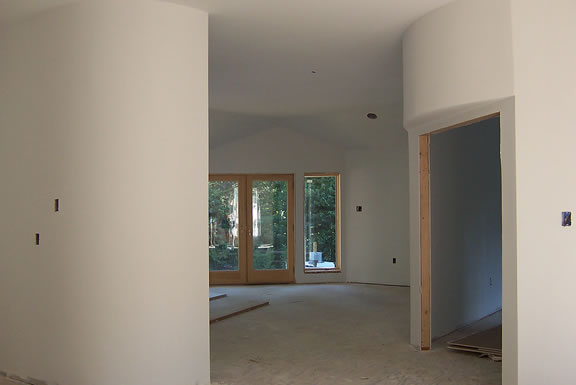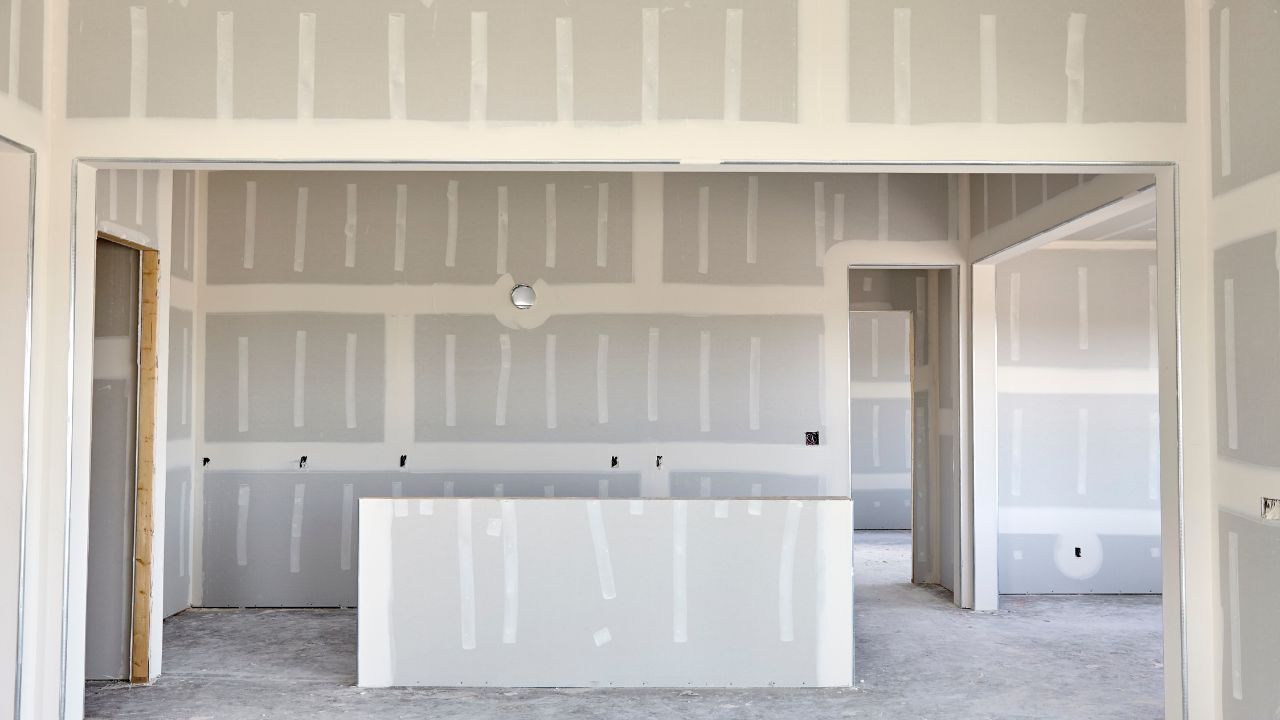Complete Overview to Reliable and Trusted Drywall Setup
Drywall installment is a vital part of any building and construction or remodelling task, demanding a careful approach to make sure both performance and dependability. It is crucial to check out the nuances of each step in the procedure, as they collectively contribute to the total success of the drywall installation.
Vital Devices for Drywalling
When starting a drywall setup task, having the right tools is important for attaining a professional surface. Necessary devices include a drywall knife, measuring tape, and a T-square, which are basic for accurate measurements and smooth cuts. A drywall lift is likewise extremely beneficial, especially for ceiling installations, enabling much easier handling of hefty panels.
For securing the drywall, a cordless drill and drywall screws are needed. The drill must be outfitted with a drywall little bit to make certain effectiveness and accuracy. In addition, an essential device is the drywall saw, which helps with reducing about various other obstacles and electric outlets.

Furthermore, safety equipment such as shatterproof glass and a dust mask are important to guarantee personal security throughout the setup procedure. Making use of the right devices not just boosts the top quality of the installment but also simplifies the process, making the project more effective overall.
Preparing the Room

Following, examine the condition of the ceilings and wall surfaces. Repair any kind of existing damages, such as openings, fractures, or peeling paint, to guarantee a smooth and even surface area for drywall application. Furthermore, check for electric outlets, pipes lines, and a/c air ducts, marking their places to stay clear of problems throughout installation.
It is also critical to determine the room precisely, determining the dimensions of the walls and ceilings to compute the suitable amount of drywall needed. Develop an in-depth plan that consists of the design and orientation of the drywall panels.
Installment Strategies
Efficient setup methods are essential for achieving a professional surface in drywall jobs. Appropriate dimension and cutting of drywall sheets are basic actions.
When hanging drywall, begin with the leading and job downward, making certain that the lengthy side of the board is vertical to the framing. Secure the sheets with screws instead of nails, which give greater holding power and lower the top article danger of popping. Location screws every 12 inches along the edges and every 16 inches in the field of the board.
For corners, make use of corner beads to achieve sharp, clean sides. When mounting on ceilings, make use of a drywall lift or have a companion aid in holding the sheets in area (drywall installation). Preserve a gap of about 1/4 inch over the flooring and ceiling to fit growth and contraction
Finishing Touches

Begin by applying joint tape over browse around this web-site the joints. This can be either paper or fiberglass fit together tape, with paper being chosen for its resilience. Once the tape remains in place, it's time to use the very first coat of joint substance, also recognized as mud. Utilize a 10 to 12-inch taping knife to spread out the compound equally over the taped seams, feathering the edges to mix with the surrounding drywall.
Enable the substance to dry extensively, normally 24 hours. After drying out, sand the surface lightly with fine-grit sandpaper to remove any blemishes. drywall repair. Repeat the mudding and fining sand process, normally a couple of layers, ensuring each layer is flush and smooth with the drywall surface
Typical Blunders to Avoid
Several DIY fanatics come across mistakes throughout drywall installment that can endanger the last outcomes. One usual blunder is falling short to properly measure and cut drywall sheets.
Another frequent error is inappropriate attachment. Making use of also couple of screws or nails can blog here cause loosened drywall, while overdriving fasteners can trigger the paper to tear, compromising the structure. It's essential to keep consistent spacing, generally every 16 inches, and to guarantee that fasteners are flush with the surface area.
In addition, not attending to wetness problems before installation can cause mold and mildew growth and structural damages. Constantly examine the environment and usage moisture-resistant drywall in high-humidity locations.
Verdict
Reliable and reliable drywall installation calls for precise focus to detail throughout the procedure. By utilizing crucial tools, preparing the room sufficiently, and sticking to finest techniques in installation strategies, a flawless surface can be achieved. Furthermore, mindful application of joint compound and tape during the ending up phase improves resilience and look. Staying clear of common errors further contributes to a specialist outcome, underscoring the relevance of accuracy and technique in successful drywall tasks.
It is essential to explore the nuances of each step in the process, as they jointly add to the total success of the drywall installment.When getting started on a drywall installation project, having the right tools is essential for accomplishing an expert surface.For securing the drywall, a cordless drill and drywall screws are required.Appropriately preparing the area is necessary for an effective drywall setup.Efficient setup methods are vital for accomplishing an expert surface in drywall projects.